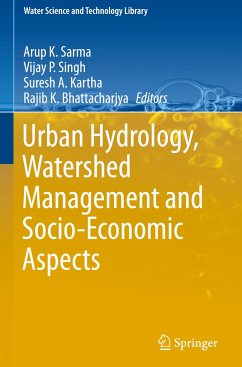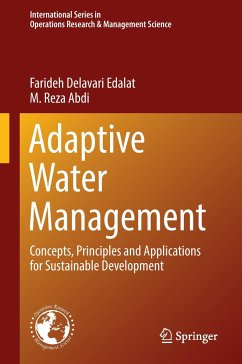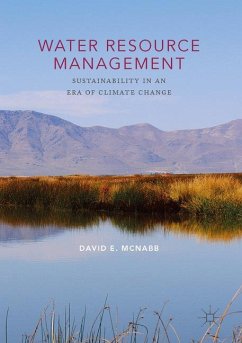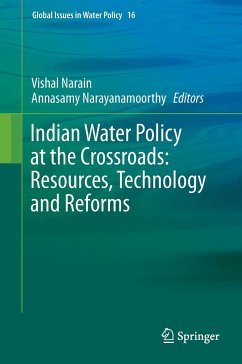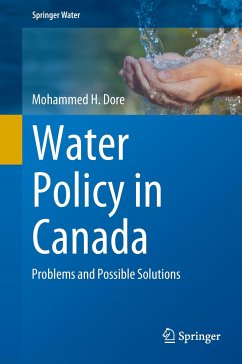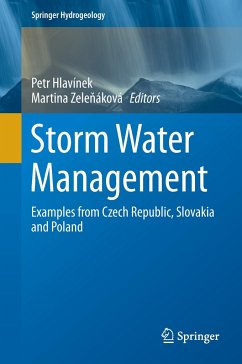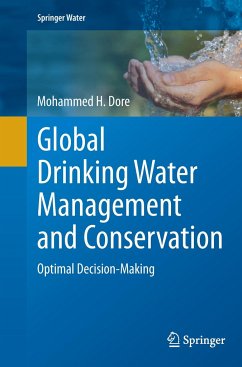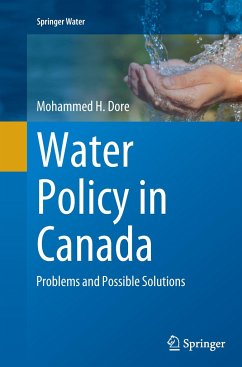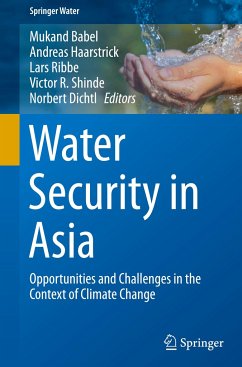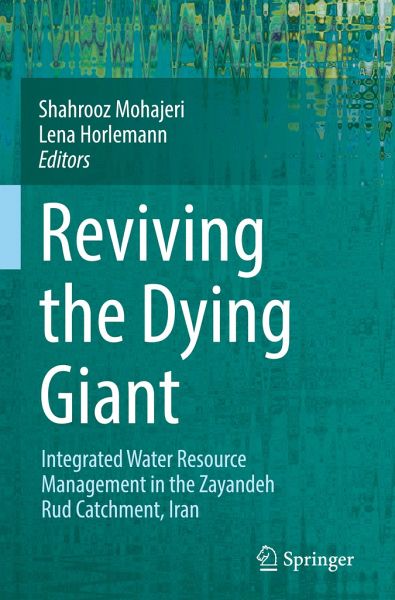
Reviving the Dying Giant
Integrated Water Resource Management in the Zayandeh Rud Catchment, Iran
Herausgegeben: Mohajeri, Shahrooz; Horlemann, Lena

PAYBACK Punkte
57 °P sammeln!
This book presents the results of an interdisciplinary research project that was set up to introduce Integrated Water Resources Management (IWRM) at the Zayandeh Rud, Central Iran's most important river. As a result of climate change and a missing overall concept for sustainably managing water resources, the river has repeatedly dried up in recent years. Not only has water stress led to severe conflicts among the water using sectors and neighboring provinces, it also threatens important ecosystems in the region. Thus, the joint development of an IWRM concept for the Zayandeh Rud catchment was ...
This book presents the results of an interdisciplinary research project that was set up to introduce Integrated Water Resources Management (IWRM) at the Zayandeh Rud, Central Iran's most important river. As a result of climate change and a missing overall concept for sustainably managing water resources, the river has repeatedly dried up in recent years. Not only has water stress led to severe conflicts among the water using sectors and neighboring provinces, it also threatens important ecosystems in the region. Thus, the joint development of an IWRM concept for the Zayandeh Rud catchment was the main objective of the project. Comprehensive technological and non-technological measures - ranging from wastewater reuse to capacity development - were adjusted to local conditions and implemented in order to initiate an integrated, iterative IWRM process. The design of a technology-based Water Management Tool (WMT) served as the connective link to create trust, cooperation and coordination among the stakeholders and institutions.



